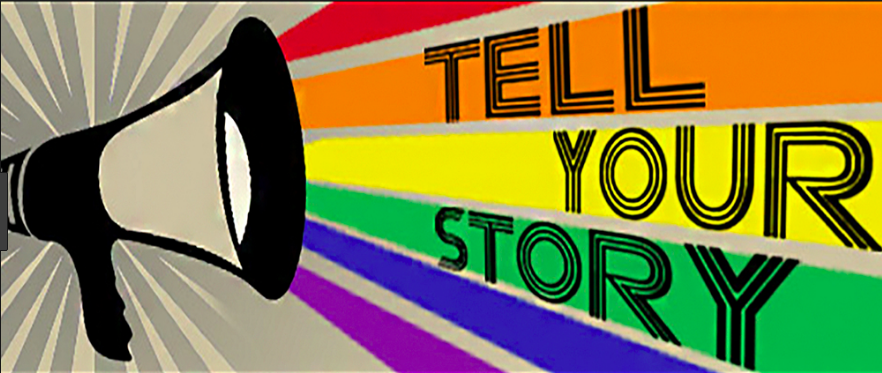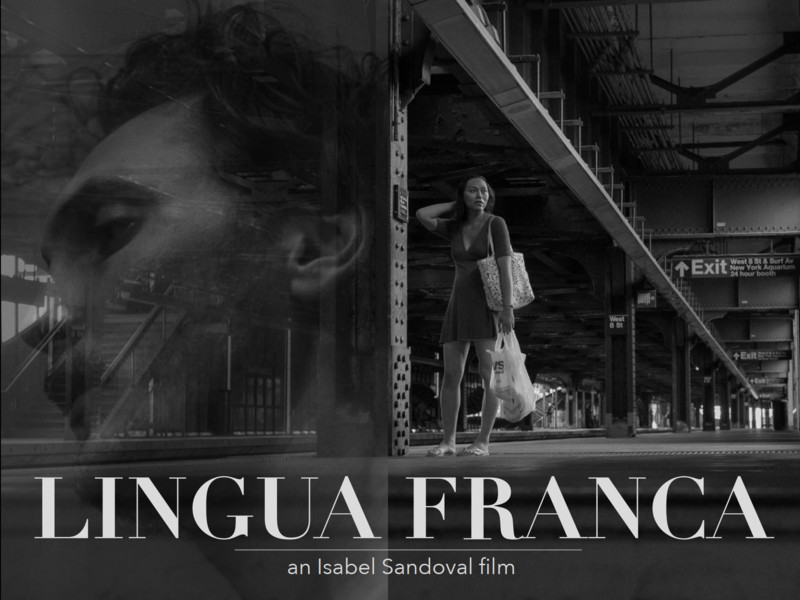The Future of Trans Politics: Empowerment Through Representations in Films and Arts
Raymond Unico is a researcher and scholar specializing on topics of feminism, queer theory, and migration. Raymond is one of the panelists of CinemAsia’s 2020 Film Festival’s entitled Talk: The Future of Trans Policits on Friday, 6 March 2020 at Studio/K in Amsterdam.
One of the films that Cinema Asia Film Festival will be screening this year is Isabel Sandoval’s Lingua Franca. It depicts the challenging experiences and the precarious position of a Filipina transwoman living and working as an undocumented immigrant in the US.
The Filipino LGBT Europe along with Cinema Asia and Trans United Europe are quite optimistic that this film will provoke reflections and discussions around the issues on immigration, gender, sexuality and the intersections thereupon. After we all watched the film, which will start at 17:15, a forum On the Future of Trans Politics will take place. Together with Kaye Candaza and Alejandra Ortiz, I will be joining the panel discussions.
Panel Members:



Photos: Kaye Candaza (left), Raymond Unico (center), and Alejandra Ortis (right).
Needless to say , this particular film is timely and relevant to the issues and challenges we are facing today, not only as members the Filipino community, but more particularly as dispersed non-heteronormative Filipinos throughout the modern West and elsewhere. Although I have not seen the film yet, I already like it, because it is not only a film about a Filipina transwoman, but also written and directed by a Filipina transwoman.
As a non-trans person myself, I find it quite difficult to comment on the historical trajectory that trans politics has taken and will continue to take. I will focus, therefore, on my analysis of the film by asking ourselves how can an artifact such as this can inform and influence transgender politics and beyond?
It is of course still pre-mature at this point to make an analysis. What I am going to do in this article is to lay out the school of thought through which the representations, imageries and narratives in the film will be apprehended. This is the reading glass as it were, which will be used in reading the film.

Cultural Theory: What Makes a Film an Artistic Film?
While studying gender studies back in graduate school, I have been exposed to the interdisciplinary field of Cultural Theory and grappled with the questions on what art is, how they are valued, and how they contribute to our cultural and social pedagogy. How do we appraise arts? Do we judge them solely based on their historical, aesthetic, and monetary value? When talking about the cultural artefacts in a form of cinema and films, can we consider a movie that received various Academy Awards a work of art?
Theodor Adorno (1903-1969), a philosopher and one of the proponents of the Frankfurter Schule, has argued that the role of arts is to elicit active participation to those who have encountered them. The spectators are invited to get involved, reflect, and become agents of change. The arts then have emancipatory value, because they have the potential to broaden up our perspectives, which then could liberate us from our limitations.
The mainstream media on the other hand make us believe that everything is perfect the way they are and thus make us feel comfortable in our designated places in the society. In other words, popular culture maintains the established social order and hierarchies by reinforcing oppressive ideologies and stereotypes. If we are always bombarded with images in which we are depicted in perpetual servitude, it is not surprising that many of us internalize the idea that our role in this life is to serve.
My expectations of Sandoval’s Lingua Franca are rather high. It is very rare that we encounter images on screen in which we, Filipino LGBTs around the globe, could recognize ourselves. I hope that through the protagonist, Sandoval would be able to articulate our experiences as non-heteronormative Filipino immigrants in Western societies. As we watch the film, let us ask ourselves, does this film have an artistic value in a sense that it provokes reflections on our part to reconsider our position in society and the society in general?

The Lingua Franca: The Politics of Translations
The title of the film is very intriguing. Aside from being a common language used by people to communicate with others, whose native tongue is different than their own, lingua franca is also an expression of power. It is no accident that the lingua franca of the day is the language of the dominant society who leads the world politics.
Perhaps, the noun-phrase lingua franca is also being used here as a metaphor. It may also refer to the dominant cultures and ideas to which the members of a less powerful communities are expected to subscribe. Within this environment, people of immigrant background, both straight and otherwise, are faced with the dilemma to express themselves according to the expectations of the dominant culture: the lingua franca.
The protagonist of the film is not only a Filipino immigrant, but at the same time undocumented, which already makes it quite difficult for her to survive in the Western society like the US. On The top of this, she is also a transgender woman. She is marginalised based on two counts, for being an undocumented immigrant on the one hand and for being a transgender woman on the other. She is erased and made invisible.
Many would agree with Kimberly Crenshaw, a black feminist and a legal scholar, that people who find themselves in the intersections of marginalised identities, such as the protagonist, tend to get more overlooked to say the least. While transgender are becoming more and more visible both in the social and mainstream media, it is still very rare that we see trans of colours.
And when transgenders are made visible, we receive stereotypical images that feed prejudice and misconceptions rather than debunk them. In many ways, the profiling of transgender women in the Philippines – and thus criminalising and demonising them in the process – has been motivated hugely in part by our ignorance about them, their positions and their experiences.
It goes without saying that films such as Sandoval ‘s Lingua Franca, in which trans of colour is not only made visible but rather represented, is very important when trying to combat misunderstandings and ignorance around race, gender identities, sexualities, etc. I just hope that the protagonist is not only made visible only to be an object of our gaze, but also acquired voice, so that we could understand her desires and aspirations.

Kimberle Creanshaw is a civil rights American lawyer and a leading scholar of critical race theory who developed the theory of intersectionality.
I wonder how Sandoval depicts the power dynamics around the concept of lingua franca: does the protagonist translate her identity into the dominant language and erases herself in the process? Or does she refuse translations while at the same time asserting her position by acquiring new meanings of what it means to be a Filipina transwoman in the West?


